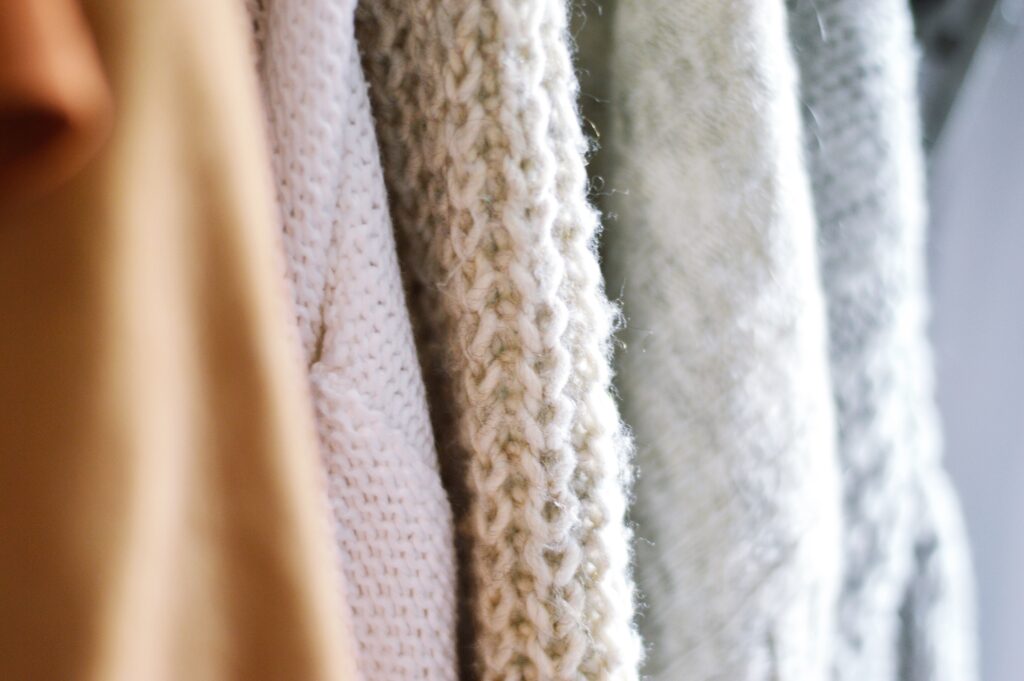
Many crocheters of all levels know that handmade items can be a great way to stay more environmentally friendly, especially as an alternative to fast fashion and cheaply made store-bought products. However, the hobby also produces its fair share of wasted material and the eco-friendliness of many widely used yarns is questionable. In this post, we’ll cover the best tips for crocheters asking: How can I crochet more sustainably?
To crochet more sustainably, try swapping out your yarn choice for a more environmentally friendly option made of natural fibers, save yarn scraps for use in other projects, and repurpose or donate old crochet projects. By frogging old projects and reusing the yarn for a new project or in combination with the scrap yarn you’ve collected, you can both minimize the waste created by crocheting and reduce the cost of creating new projects.
What Is “Sustainable”?
Being sustainable is all about protecting the natural ecosystems of our planet in order to protect the health and well-being of current and future generations. The United Nations defines sustainability as “meeting the needs of the present without compromising the ability of future generations to meet their own needs.”
Although crocheting does produce some waste material and the most widely used yarns are not considered healthy for the planet, keep in mind that crochet itself is a great way to be more sustainable long term.
Creating quality handmade garments and items that last rather than having to buy new things frequently and participating in fast fashion is a good first step in being more environmentally friendly.
There are many ways to reuse and repurpose yarn scraps and frogged projects and there are so many ‘eco-friendly’ yarns to choose from when looking for sustainable alternatives. Here’s how to turn your crochet hobby into a sustainable hobby…
The Best Ways To Crochet More Sustainably
1. Crochet With a Sustainable Yarn
Is Yarn Harmful to the Environment?
Most commonly mass produced yarns are not sustainable and can be harmful to the environment. Acrylic, Polyester, and Nylon yarns are not environmentally friendly because of the synthetic material that they are made up of. What does this mean? Well, these yarns are essentially plastic.
To find out which yarn is best for your next project, check out our article Does It Matter What Yarn You Use for Crochet?.
Which Yarn is the most environmentally sustainable?
The most environmentally friendly yarns are made of natural fibers like wool, bamboo fiber, silk, cotton, or banana fiber. These yarn options do not contain any added synthetic material and will not harm the environment. Additionally, there are many recycled yarn options to choose from in both the natural and synthetic fiber categories. Choosing an environmentally friendly yarn will be the first and most important step in starting to crochet more sustainably.
Wool
Wool is a great first option when switching from synthetic yarns to natural yarns. It’s easy to find both high-quality and affordable sheep or alpaca wool or even recycled wool yarn. Wool fabric is both natural and biodegradable and sourced from renewable resources.
Patons has a great 100% wool yarn and is one of the most affordable wool yarns available on Amazon at the time of publication. Find it here: https://amzn.to/3NWXDf9
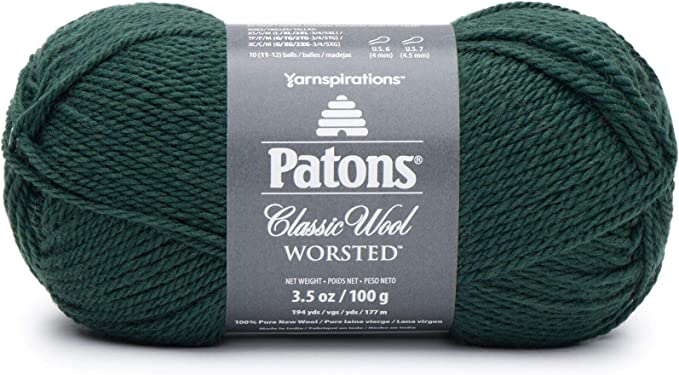
Silk
Silk is also a renewable resource that is both natural and biodegradable. Additionally, silk uses fewer chemicals, water, and energy than some other fibers. When buying silk, some may want to consider that it is not a vegan option and may have some animal rights complications.
This Revolution Fibers yarn is 100% mulberry silk and can be hand dyed to the perfect color for your project. Find it here: https://amzn.to/3tiGsuL
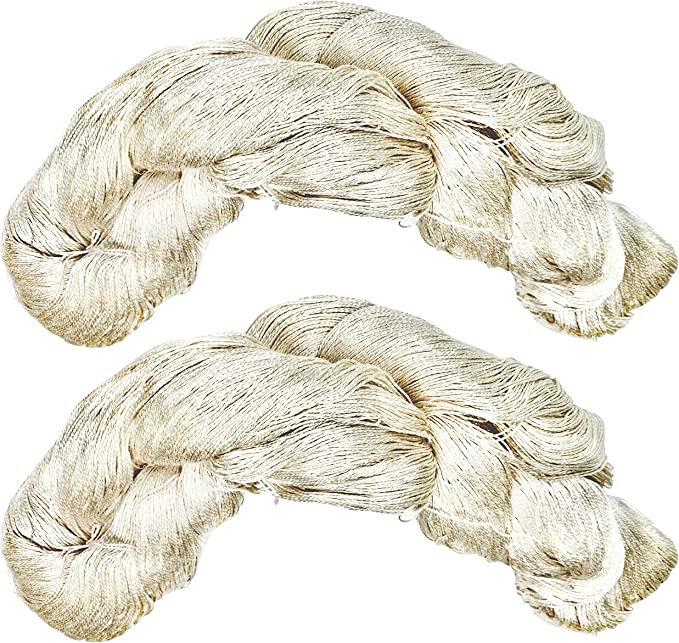
Cotton
Cotton yarn is not only sustainable but also cuts down on landfill waste and reduces pollution when produced organically. This yarn contains no synthetic materials whatsoever and is both biodegradable and renewable.
Lion Brand offers a great 100% cotton line of yarn for a really affordable price and in several different colors. Find it here: https://amzn.to/3fYdcXh
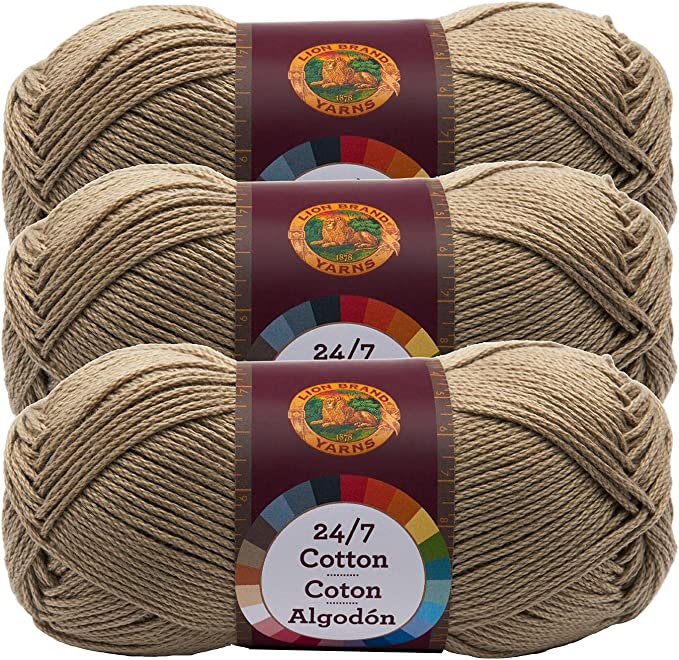
Plant Fiber
Perhaps the most eco-friendly yarn option is plant fiber yarn. Plant fiber yarns are often made of bamboo fiber, banana fiber, hemp, linen, lyocell, or even paper and cork. These yarns are great vegan options and are completely natural, renewable, and biodegradable.
Lion Brand also offers a great 100% lyocell yarn, which is made of wood fiber (usually eucalyptus trees) and is a common replacement for cotton or silk yarns. Find it here: https://amzn.to/3tgm4KZ

2. Save & Reuse Yarn Scraps
How to Reuse Yarn Scraps
Reduce, reuse, and recycle. Reusing your yarn scraps is always better than simply throwing them away! There are several creative ways that you can reuse your leftover yarn scraps.
If you have yarn scraps that are long enough to be reworked, try making a small project such as a keychain, pompom, or small amigurumi item.
You can also combine several longer scraps of yarn into a magic yarn ball to use in a larger scrap-busting crochet project. This is a great way to use up that last bit of the yarn ball that didn’t make it into your previous projects.
If your yarn scraps are too short to be reused, try using the collected scraps as a polyester stuffing replacement or even spinning your scraps together into a brand new unique ball of yarn!
Can Yarn Be Recycled?
Unfortunately, most yarns cannot be recycled. This goes especially for highly synthetic fiber like acrylic yarn. Many recycling stations do not accept yarn as an acceptable material for recycling at all, so it is best to reuse and repurpose your old yarn scraps as much as possible.
3. Repurpose or Donate Old Crochet Projects
How to Repurpose Crochet Old Projects
A good way to crochet more sustainably is to simply frog old projects and reuse the yarn to make a new project. If you simply enjoy the act of crocheting and aren’t too concerned with the items you end up with, reusing the yarn from an old project can both reduce yarn waste and reduce the cost of having to buy new yarn.
Places to Donate Crochet Items
If you cannot repurpose or reuse your old crochet projects, the best option is ultimately to donate them to a new home. There are lots of people in need who would love and appreciate that crochet project that you worked so hard to create!
The best places to donate your crochet items will be at your local churches, hospitals, nursing homes, women’s/homeless shelters, foster care services, veteran’s hospitals, and cancer treatment centers. There are also many organizations that you can donate crochet items to including Project Linus, Crochet for Cancer, Blinky Patrol, Warm Up America, Operation Gratitude, and the Red Scarf Project.
Conclusion
In conclusion, crocheting can be a sustainable hobby with a little bit of effort and conscious decision-making. By choosing more environmentally friendly yarn options, saving and reusing yarn scraps, and repurposing or donating old crochet projects, crocheters can reduce their waste and impact on the planet.
Additionally, opting for handmade items rather than fast fashion can also be a step in the right direction towards sustainability. With these tips and ideas, crocheting can not only be a fulfilling and creative hobby, but also a way to contribute to a more sustainable future.
-
Garden Fairy Crop Top FREE Crochet Pattern
Want the full AD-Free, printable PDF version of this pattern? Click here to get it on Etsy The Garden Fairy Top is a fantastical and…
-
Easy Crochet Granny Square Pattern + Video Tutorial
Mastering the crochet granny square is a great way to build your crochet skills while creating a timeless design that’s perfect for a wide variety…
-
Easy Crochet Heart Coaster FREE Pattern
Add a sweet touch to your home decor with this Easy Crochet Heart Coaster pattern! Perfect for Valentine’s Day or any time you want to…

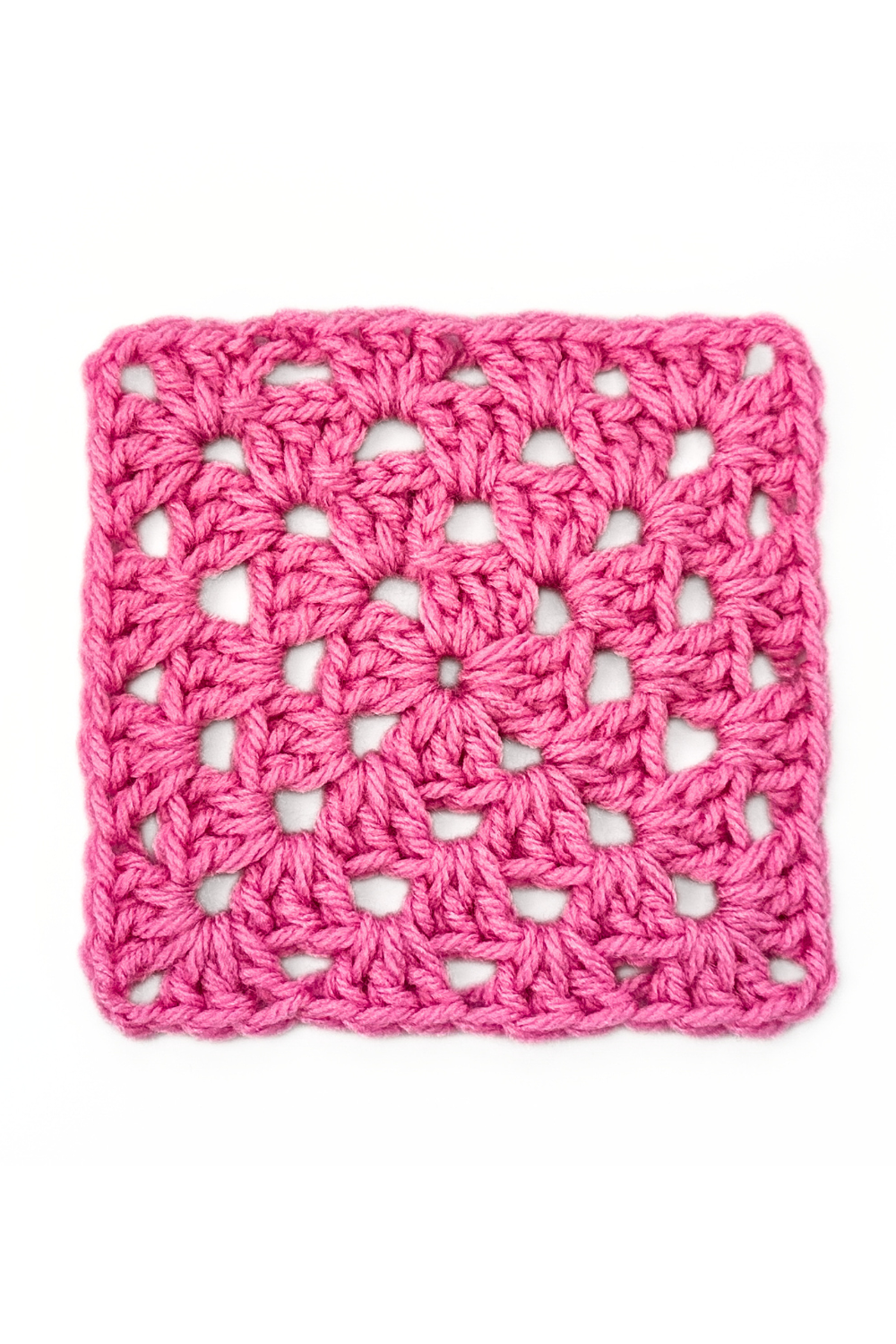
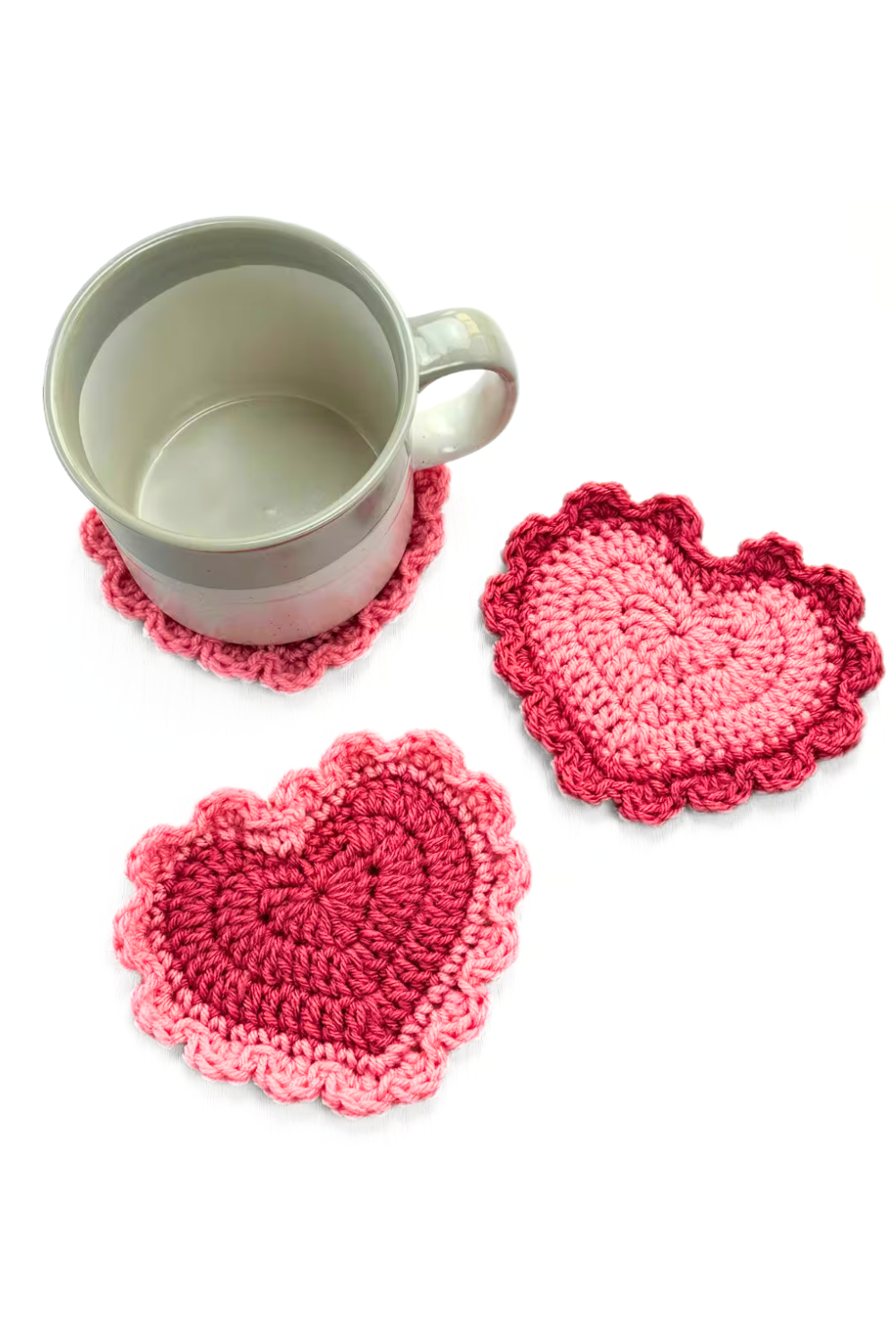
2 comments
Comments are closed.